Brushing your dog is an essential part of their grooming routine, contributing not only to their appearance but also to their overall health and well-being. Regular brushing helps to remove loose fur, prevent mats and tangles, distribute natural oils throughout the coat, and allows you to check for any abnormalities such as ticks, fleas, or skin irritations. But do you know the right way to brush your furry friend? In this complete guide, we’ll delve into the brushing basics, covering everything you need to know to keep your dog’s coat healthy and shiny.
Contents Overview
Why Brushing Matters
Brushing your dog isn’t just about aesthetics; it’s a fundamental aspect of their health and well-being. Here’s why brushing matters:
- Skin and Coat Health:
- Regular brushing stimulates the skin, promoting blood circulation and the production of natural oils. These oils keep the skin moisturized, preventing dryness and irritation.
- Removing dead skin cells and distributing natural oils through the coat helps to maintain a healthy and lustrous appearance.
- Preventing Matting and Tangles:
- Mats and tangles in your dog’s coat can be uncomfortable and even painful. They can also lead to skin irritation, hot spots, and infections if left untreated.
- Regular brushing helps to prevent mats and tangles by removing loose fur and detangling knots before they become problematic.
- Reducing Shedding:
- All dogs shed to some extent, but regular brushing can significantly reduce the amount of loose fur in your home.
- By removing loose fur before it sheds, you can minimize the accumulation of hair on your furniture, floors, and clothing.
- Checking for Skin Abnormalities:
- Brushing provides an opportunity to inspect your dog’s skin for any abnormalities, such as ticks, fleas, lumps, bumps, or signs of irritation.
- Early detection of skin issues allows for prompt treatment, preventing potential health problems from escalating.
- Bonding Experience:
- Brushing your dog creates a positive bonding experience for both of you. It strengthens the bond between you and your furry friend and fosters trust and companionship.
- It’s a time for relaxation and connection, where you can communicate your affection and care through gentle grooming.
- Promoting Overall Health:
- Good grooming habits contribute to your dog’s overall health and happiness. A clean and well-maintained coat is less prone to infections and parasitic infestations.
- Regular brushing also helps to keep your dog’s ears clean and free from wax buildup, reducing the risk of ear infections.
- Improving Socialization:
- Regular grooming sessions provide opportunities for positive reinforcement and reward-based training.
- It helps your dog become accustomed to being handled and touched, which is beneficial for vet visits, grooming appointments, and interactions with strangers.
- Enhancing Comfort and Well-Being:
- Dogs enjoy the sensation of being brushed, as it can be soothing and comforting.
- Regular grooming promotes a sense of well-being and relaxation, reducing stress and anxiety in your furry friend.
In summary, brushing your dog is an essential part of their care routine, contributing to their physical health, emotional well-being, and the strength of your bond. By investing time and attention into regular grooming sessions, you can ensure that your canine companion stays happy, healthy, and looking their best.
Choosing the Right Brush
Choosing the right brush for your dog is essential to ensure effective grooming without causing discomfort or damage to their coat. Here’s everything you need to know about selecting the perfect brush:
- Consider Your Dog’s Coat Type:
- Different breeds have different coat types, including short, long, curly, wiry, and double-coated. The type of brush you choose should be tailored to your dog’s specific coat type to ensure optimal grooming results.
- Types of Dog Brushes:
- Slicker Brush: Ideal for dogs with long, curly, or wiry coats, slicker brushes have fine, closely spaced bristles that effectively remove mats and tangles.
- Bristle Brush: Suitable for dogs with short or smooth coats, bristle brushes have soft, natural bristles that help to distribute natural oils and remove loose fur.
- Undercoat Rake: Designed for double-coated breeds, undercoat rakes have specially designed teeth that penetrate the dense undercoat to remove loose fur and reduce shedding.
- Comb: Fine-toothed combs are useful for detangling knots, removing debris, and checking for fleas or ticks close to the skin.
- Choose Quality Materials:
- Opt for brushes made from high-quality materials that are durable and gentle on your dog’s skin and coat. Look for brushes with ergonomic handles for comfortable grip and control during grooming sessions.
- Size and Design:
- Consider the size and design of the brush in relation to your dog’s size, breed, and grooming needs. Larger brushes with wider bristle heads are suitable for larger breeds, while smaller brushes are more suitable for smaller dogs.
- Special Features:
- Some brushes come with additional features such as self-cleaning mechanisms, adjustable bristle lengths, or ergonomic designs for ease of use.
- Choose brushes with features that cater to your dog’s specific grooming requirements and your personal preferences.
- Consult a Professional:
- If you’re unsure about which brush is best for your dog, consider consulting a professional groomer or veterinarian for guidance. They can recommend the most suitable brush based on your dog’s coat type, length, and grooming needs.
- Trial and Error:
- It may take some trial and error to find the perfect brush for your dog. Be patient and willing to experiment with different types of brushes until you find one that both you and your dog are comfortable with.
- Regular Maintenance:
- Regardless of the type of brush you choose, it’s important to clean and maintain it regularly to ensure optimal performance and hygiene. Remove any trapped fur, debris, or dirt from the brush after each grooming session, and wash it periodically according to the manufacturer’s instructions.
By carefully considering your dog’s coat type, size, grooming needs, and personal preferences, you can select the right brush that will keep your furry friend looking and feeling their best. Investing in a high-quality brush and establishing a regular grooming routine will contribute to your dog’s overall health, comfort, and happiness.
Step-by-Step Guide to Brushing Your Dog
Brushing your dog is a multi-step process that requires patience, gentleness, and attention to detail. Follow this comprehensive step-by-step guide to ensure effective and stress-free grooming sessions:
- Prepare Your Dog:
- Choose a calm and quiet environment for grooming to help your dog feel relaxed and comfortable.
- Start by gently petting and praising your dog to reassure them and build a positive association with grooming.
- Inspect the Coat:
- Before brushing, carefully inspect your dog’s coat for any mats, tangles, or skin abnormalities.
- Pay close attention to sensitive areas such as behind the ears, under the legs, and around the tail.
- Select the Right Brush:
- Choose the appropriate brush for your dog’s coat type, considering factors such as length, texture, and grooming needs.
- Refer to the “Choosing the Right Brush” section for guidance on selecting the perfect brush for your furry friend.
- Start Brushing:
- Begin brushing your dog’s coat, working in the direction of hair growth to avoid causing discomfort.
- Use gentle, firm strokes and apply minimal pressure, especially if your dog has sensitive skin or is prone to matting.
- Start from the head and work your way down to the tail, ensuring thorough coverage of the entire body.
- Focus on Problem Areas:
- Pay special attention to areas prone to matting or tangling, such as behind the ears, under the legs, and around the tail.
- Use a slicker brush or comb to gently work through knots and tangles, starting from the tips of the hair and gradually working upward.
- Brush the Undercoat (if applicable):
- For double-coated breeds, use an undercoat rake to remove loose fur from the dense undercoat.
- Be gentle to avoid irritating the skin or causing discomfort, and work systematically through the coat to ensure thorough coverage.
- Check for Parasites:
- While brushing, keep an eye out for signs of fleas, ticks, or other parasites.
- Use a fine-toothed comb to inspect the coat and part the fur to check for any hitchhikers or signs of irritation.
- Reward Your Dog:
- Throughout the brushing session, offer verbal praise, gentle encouragement, and occasional treats to reinforce positive behavior.
- This will help your dog associate grooming with positive experiences and make future sessions more enjoyable for both of you.
- Finish with a Gentle Massage:
- Once you’ve finished brushing, reward your dog with a soothing massage to further promote relaxation and bonding.
- Use gentle circular motions to massage their muscles and stimulate blood circulation, creating a sense of calm and well-being.
- Clean and Maintain Your Brushes:
- After each grooming session, remove any trapped fur, debris, or dirt from the brush to keep it clean and hygienic.
- Wash your brushes periodically according to the manufacturer’s instructions to ensure optimal performance and longevity.
By following these step-by-step instructions and incorporating regular brushing into your dog’s grooming routine, you can keep their coat healthy, shiny, and free from mats and tangles. Brushing not only contributes to your dog’s physical health but also strengthens the bond between you and your furry friend through positive and rewarding grooming experiences.
How Often Should You Brush Your Dog?
The frequency of brushing your dog’s coat depends on several factors, including their breed, coat type, length, and shedding pattern. Here’s a comprehensive guide to help you determine how often you should brush your furry friend:
- Long-Haired Breeds:
- Dogs with long coats, such as Afghan Hounds, Maltese, or Golden Retrievers, require daily brushing to prevent mats, tangles, and debris buildup.
- Daily brushing helps to distribute natural oils, remove loose fur, and maintain the health and appearance of the coat.
- Short-Haired Breeds:
- Short-haired breeds, like Beagles, Boxers, or Dalmatians, typically require brushing two to three times a week.
- Regular brushing helps to remove loose fur, distribute natural oils, and minimize shedding without causing irritation to the skin.
- Double-Coated Breeds:
- Double-coated breeds, such as Siberian Huskies, German Shepherds, or Collies, have a dense undercoat that requires special attention.
- Brushing should be done at least once a week, with more frequent sessions during seasonal shedding periods to remove loose fur and prevent matting.
- Breeds Prone to Matting:
- Breeds with curly or wiry coats, such as Poodles, Bichon Frises, or Yorkshire Terriers, are prone to matting and require frequent brushing.
- Daily or every-other-day brushing is recommended to prevent mats and tangles and maintain the texture and appearance of the coat.
- Shedding Breeds:
- Breeds that shed heavily, such as Labrador Retrievers, Shedding Huskies, or Shedding German Shepherds, benefit from regular brushing to manage shedding.
- Brushing two to three times a week helps to remove loose fur, minimize shedding, and reduce the amount of hair around your home.
- Seasonal Factors:
- Seasonal changes, such as spring and fall, often trigger increased shedding in many breeds. During these times, more frequent brushing may be necessary to manage excess fur.
- Grooming Schedule:
- In addition to brushing, consider incorporating regular grooming appointments into your dog’s care routine. Professional grooming can help maintain coat health, trim excess fur, and address any specific grooming needs.
- Individual Considerations:
- Consider your dog’s individual grooming needs and preferences when determining the frequency of brushing. Some dogs may require more frequent brushing due to their activity level, lifestyle, or coat condition.
- Monitor Coat Health:
- Keep an eye on your dog’s coat health and appearance. If you notice any changes, such as excessive shedding, dryness, or irritation, adjust your brushing frequency accordingly and consult a veterinarian if necessary.
By understanding your dog’s specific grooming requirements and establishing a regular brushing routine, you can keep their coat healthy, shiny, and free from mats and tangles. Consistent grooming not only promotes physical health but also strengthens the bond between you and your furry companion through positive grooming experiences.
Tips for Successful Brushing
Successfully brushing your dog involves more than just running a brush through their fur. Here are some tips to ensure a positive and effective grooming experience:
- Be Patient and Gentle:
- Take your time and approach brushing with patience and gentleness. Rushing through the process can cause stress and anxiety for your dog.
- Use gentle, firm strokes and avoid pulling or tugging on knots and tangles, as this can cause discomfort or pain.
- Use Positive Reinforcement:
- Use verbal praise, treats, and affection to reward your dog for good behavior during brushing sessions.
- Positive reinforcement creates a positive association with grooming and encourages your dog to cooperate willingly.
- Start Early:
- Introduce grooming habits to your dog from a young age to familiarize them with the process and make it a routine part of their care.
- Early exposure helps your dog become more comfortable with grooming and reduces the likelihood of resistance or fear later on.
- Watch for Signs of Discomfort:
- Pay attention to your dog’s body language and vocalizations during brushing. Signs of discomfort may include whining, growling, or attempting to move away.
- If your dog shows signs of distress, stop brushing immediately and reassess your approach. It’s essential to prioritize your dog’s comfort and well-being.
- Use the Right Brushing Technique:
- Brush in the direction of hair growth to prevent pulling or tangling the fur.
- Start from the head and work your way down to the tail, using gentle, sweeping motions.
- Pay special attention to areas prone to matting, such as behind the ears, under the legs, and around the tail.
- Establish a Routine:
- Establish a regular grooming routine that fits your dog’s grooming needs and your schedule.
- Consistency is key to maintaining coat health and preventing mats, tangles, and other grooming issues.
- Be Prepared for Shedding:
- Shedding is a natural process for most dogs, especially during seasonal changes.
- Be prepared for increased shedding and adjust your grooming routine accordingly to manage excess fur.
- Stay Calm and Relaxed:
- Dogs are highly attuned to their owners’ emotions. Stay calm and relaxed during grooming sessions to help your dog feel at ease.
- Avoid becoming frustrated or agitated if brushing takes longer than expected.
- Seek Professional Help When Needed:
- If you’re unsure about grooming techniques or encounter any issues with your dog’s coat, don’t hesitate to seek guidance from a professional groomer or veterinarian.
- Professional groomers can provide expert advice, grooming services, and recommendations for maintaining your dog’s coat health.
- Make it a Positive Experience:
- Turn grooming into a bonding experience by incorporating elements of play, praise, and relaxation.
- Use grooming as an opportunity to strengthen your bond with your dog and reinforce your relationship through positive interactions.
By following these tips, you can ensure successful and enjoyable grooming sessions for both you and your furry friend. Consistent and positive grooming experiences contribute to your dog’s overall health, well-being, and the strength of your bond.
Bottom Line
Brushing your dog is not just about maintaining their appearance; it’s an essential aspect of their overall health and well-being. By following the brushing basics outlined in this guide and incorporating regular grooming into your routine, you can ensure that your furry friend stays happy, healthy, and looking their best. So, grab your brush, pamper your pooch, and enjoy the bonding experience that comes with grooming your beloved canine companion.

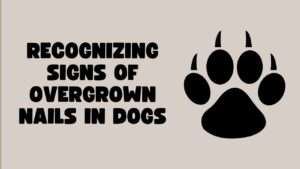
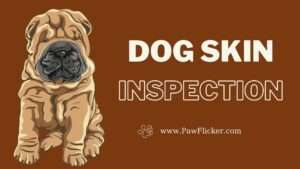
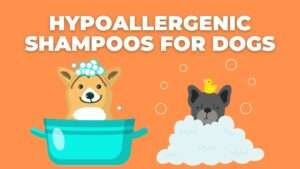
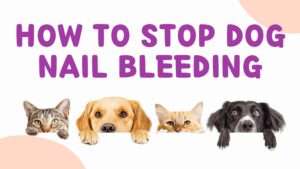
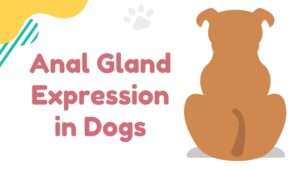

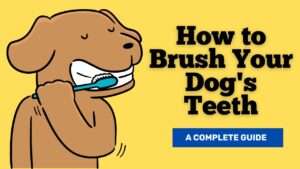
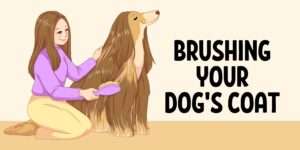
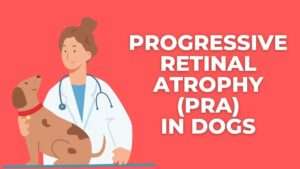
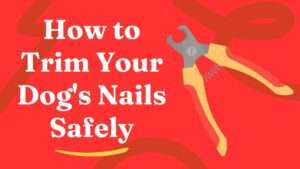
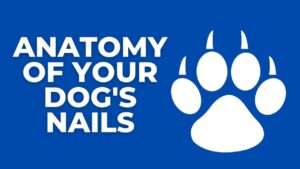
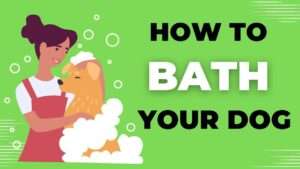
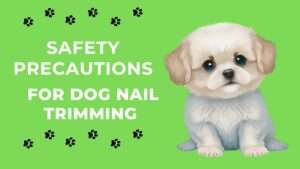
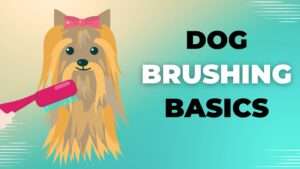
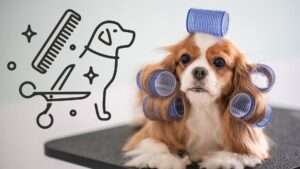
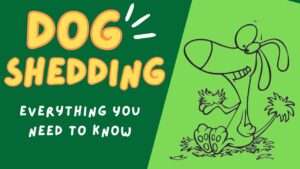
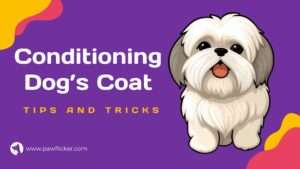
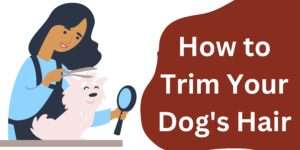
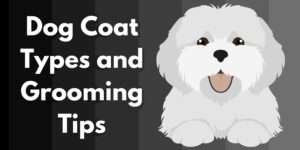
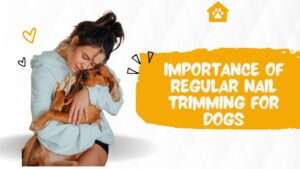
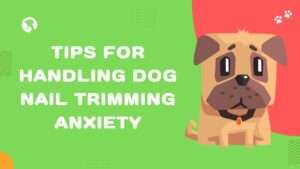
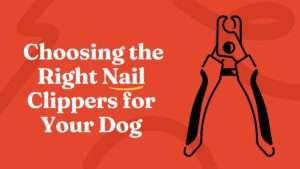







+ There are no comments
Add yours